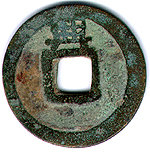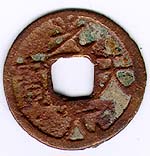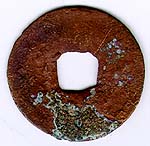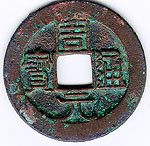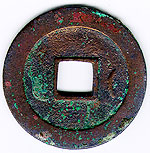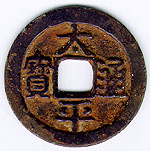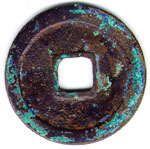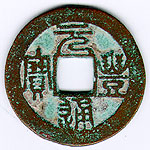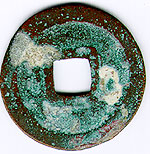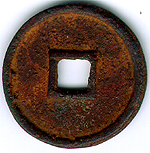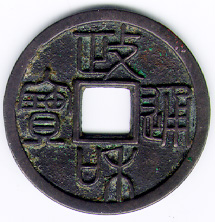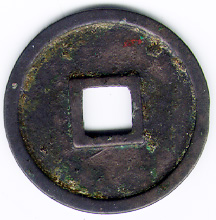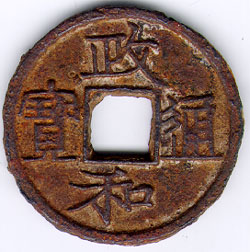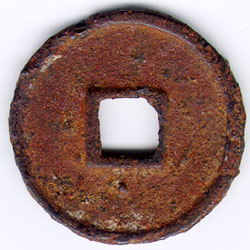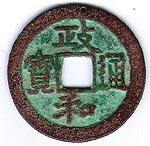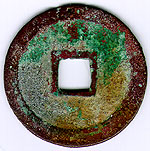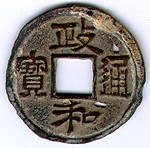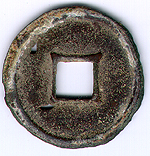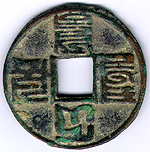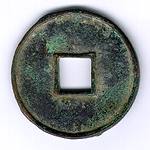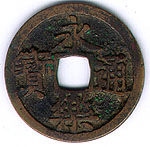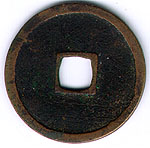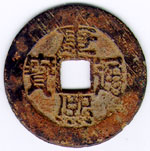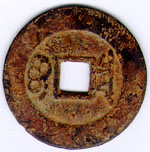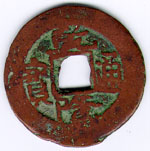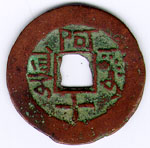@
comments? corrections?
email me at
lukerobt@history.ucsb.edu
@
@
Chinese
Cash Coins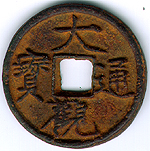
The people who lived in the land of present day China made cash coins for more than two thousand years. Calligraphically the most beautiful and technically the most sophisticated coins came from the Northern Song dynasty. Even the coins made of iron reveal most extraordinary craftsmanship. China has frequently been part of foreign empires, such as the Mongol, the Jin, the Liao and the Manchu who set their ruling centers in China. These dynasties cast coins with legends in their own languages and scripts as well as in the Chinese language. Some of these coins are quite beautiful as well.
Below is not an attempt at a comprehensive description of Chinese cash coins. It just touches on items of personal interest to me. As this page grows I may break it up into different dynasty pages.
At the bottom of each coin description I have put in the Chinese characters (using Japanese code). If your computer does not support Japanese this will come out in gibberish but don't worry it is not necessary.
@

